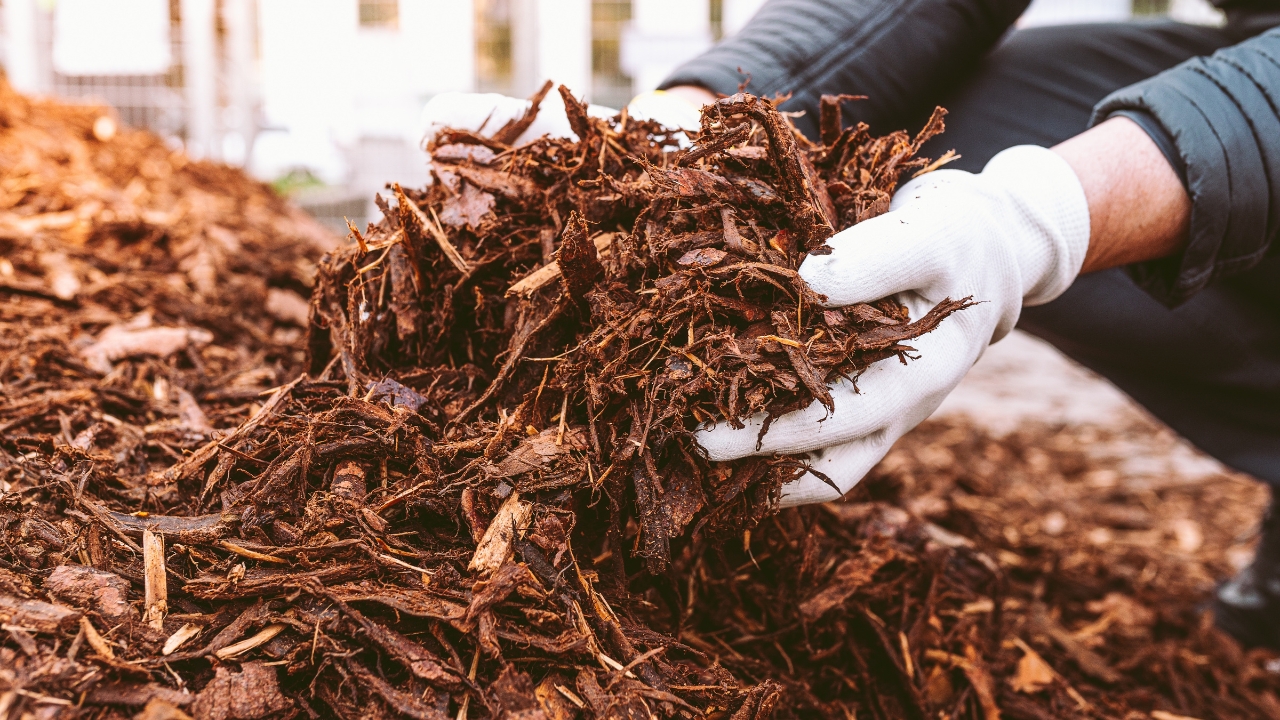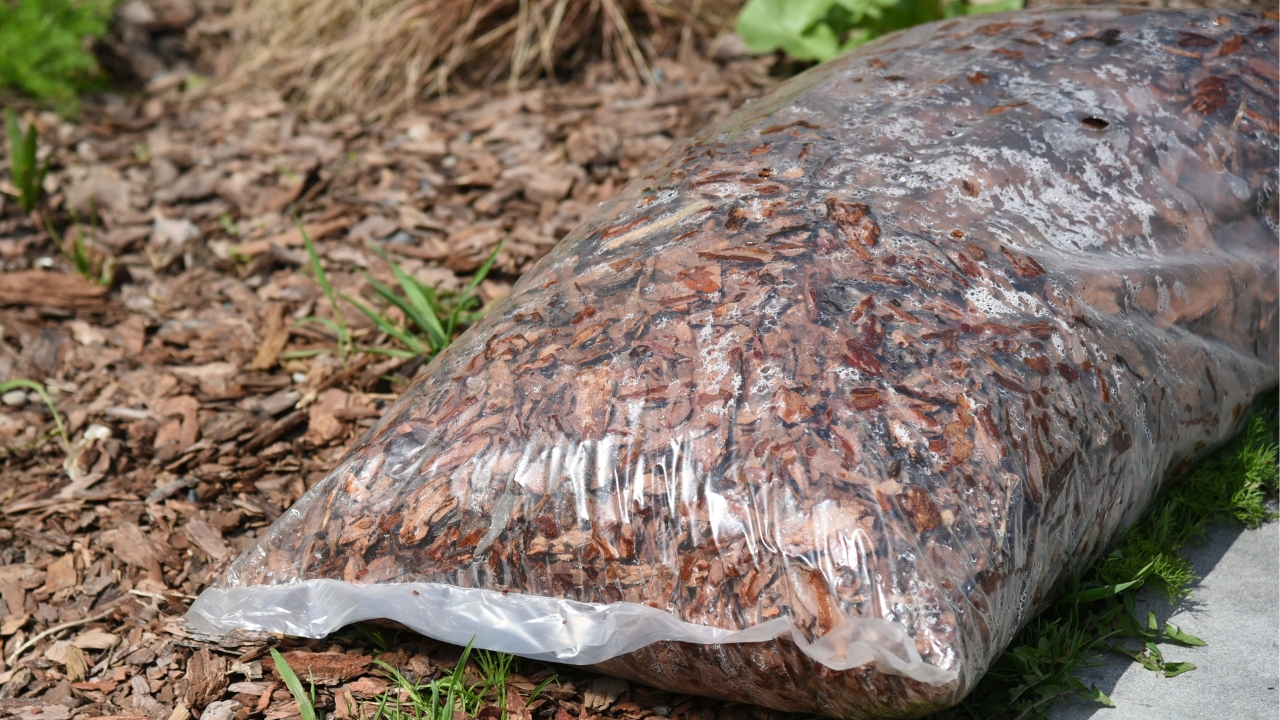What I always check before buying mulch now
When I first started gardening, I didn’t think twice about mulch. I grabbed whatever was cheapest and spread it around like I was doing something great. But over time, I started noticing problems—sour smells, weeds coming back faster, and one batch that brought bugs I’ll never forget.
Now, I always check a few key things before I buy a single bag. If you want your mulch to help your yard instead of make it worse, these are the things you really need to watch for.
Is It Treated or Dyed?

Dyed mulch might look neat for a few weeks, but a lot of it is made from recycled pallets and scrap wood—not always the cleanest stuff. Some of those dyes can leach into the soil, especially the cheaper red and black ones.
I’ve learned to check the label and ask questions. If it doesn’t say what kind of wood it came from, skip it. Untreated natural mulch may not pop as much at first, but it breaks down safely and won’t leave mystery chemicals in your garden.
Is There a Strong Smell?

Good mulch smells earthy. If it hits your nose like vinegar or ammonia, that’s a red flag. Sour mulch usually means it’s been sitting in a pile too long without enough airflow, and anaerobic bacteria have taken over.
Spreading mulch like that around your plants can cause more harm than help. It can mess with your soil pH and even damage tender roots. I always give the bag a sniff—if it smells off, I move on.
Does It Have Visible Trash or Debris?

I’ve seen bags of mulch with nails, plastic, and chunks of who-knows-what mixed in. Some mulch producers grind up construction waste or old pallets without filtering it properly.
You don’t want that mess in your flower beds or veggie garden. I give each bag a once-over before it goes in the cart. If you can spot junk in the store, imagine what you’ll find when you dump it out.
Is It Labeled for Use Around Edibles?

If I’m using mulch around fruit trees, herbs, or my raised beds, I always make sure it’s labeled safe for edibles. Not every mulch is. Some have chemical residues or dyes that aren’t ideal for food-producing areas.
I stick with untreated hardwood mulch, pine straw, or composted leaf mulch for anything I plan to eat from. It’s not worth the risk just to save a couple bucks on bulk.
How Coarse or Fine Is It?

Fine mulch breaks down quicker and does a better job at holding moisture, but it also needs to be replaced more often. Coarser mulch lasts longer and gives better weed control, but it may not look as polished.
I try to match the mulch texture to the space. For flower beds up front, I like a finer texture. Around trees or walkways, coarse mulch works better and doesn’t wash away as fast in heavy rain.
Is It Too Wet or Too Dry in the Bag?

Mulch that’s soaking wet can lead to mold problems when you spread it. On the other hand, if it’s bone-dry and dusty, it might be older stock that sat too long. Both are signs it’s not in great shape.
I feel the bag if I can and give it a quick shake. If it clumps or feels waterlogged, I skip it. Mulch should feel moist, not soggy.
Is It From a Local Source?

Locally sourced mulch usually hasn’t traveled far, which means it’s fresher and more likely to match what your plants are already used to. Bonus—it’s often cheaper.
I always check the label or ask the store where it came from. Local mulch also means fewer invasive hitchhikers like pests or fungi that could mess with your garden down the line.
*This article was developed with AI-powered tools and has been carefully reviewed by our editors.







